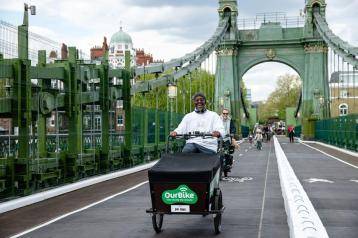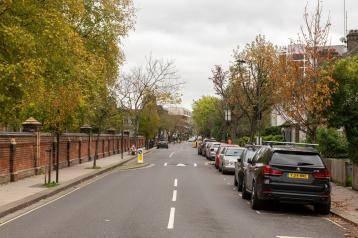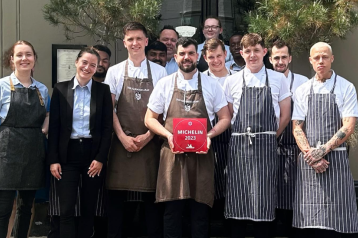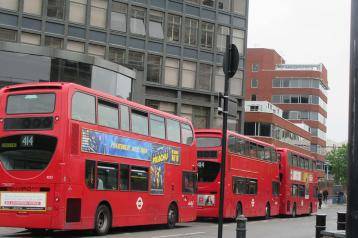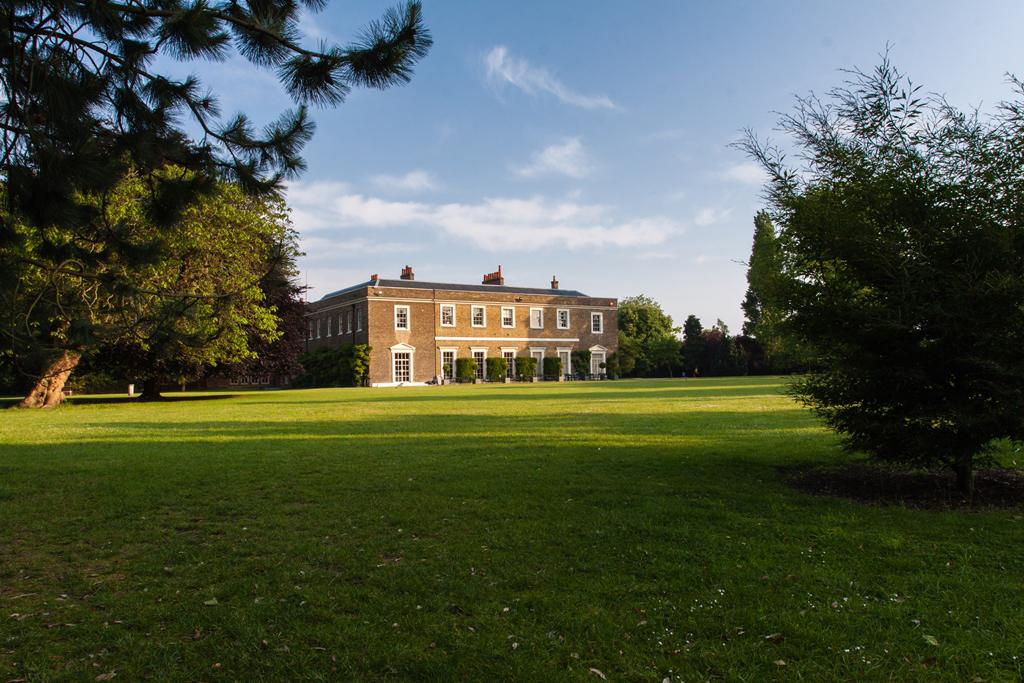
Fulham Palace and the main lawn. PICTURE: MATTHEW BRUCE
A new exhibition exploring the history of the Bishops of London and links to colonialism will open at Fulham Palace.
Developed over two years, the free exhibition seeks to share historical information, stories and artefacts about the transatlantic slave trade and colonialism during the 17th and 19th centuries.
The heritage site at Fulham Palace, in Bishops Avenue, will host the display for nine months from Monday 24 April.
Siân Harrington, CEO of Fulham Palace Trust, explained: "Fulham Palace Trust is challenging the standard narrative of British history alongside many other organisations in the UK.
"We hope that we and the partners on this project can help push for further conversations about this history, because the historic actions of the Bishops of London, the Church of England and other British institutions are still being felt today."
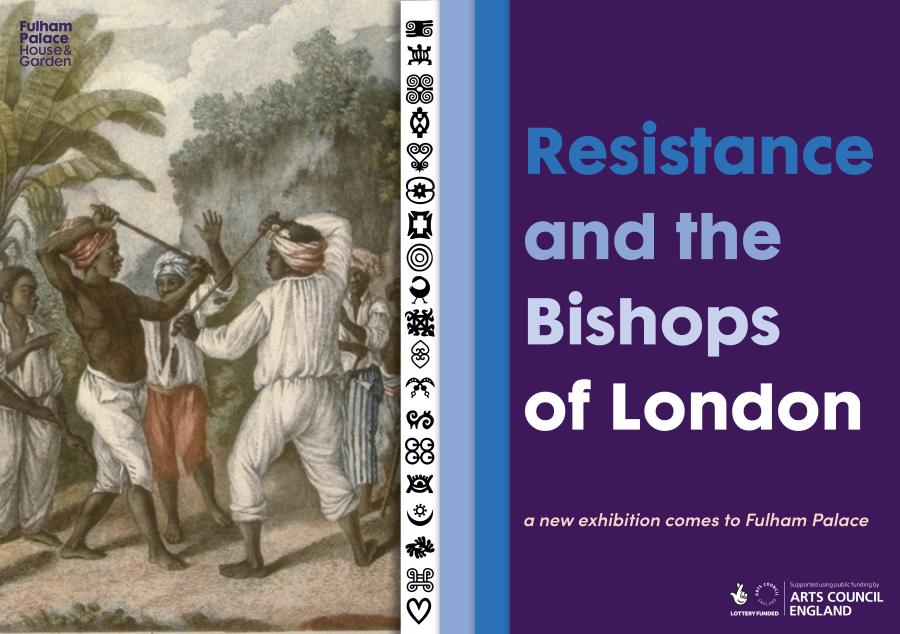
Experience
Artefacts that will be on display as part of the exhibition include letters, photographs and household items related to colonialism and slavery.
Visitors can experience a film, audio and written work, and use QR codes to uncover more information online.
The exhibition aims to explore the role of the Bishops of London during the time of slavery, including their involvement in colonialism as well as their impact on the eventual abolition of slavery.
Stories brought to life in the exhibition include Bishop Juxon's role on the Board of Trade in the early 17th century, which had official involvement in the transatlantic traffic of enslaved Africans.
The work also explores Bishop Compton's plant importing in the late 17th and early 18th century, and the involvement of enslaved people in collecting the items in Virginia and Maryland.
Documents in the exhibition show how Bishop Porteus – himself the son of plantation owners – campaigned for better treatment of enslaved people within Church of England-owned plantations.
He later became a supporter of the abolition movement and, as a member of the House of Lords, voted for the bill which brought an end to the transatlantic traffic of enslaved Africans in 1807.
Local pupils
London-based performance poet Adisa Stephen-Ezeocha – known as Adisa The Verbaliser – worked with five community groups across London to develop elements of the exhibition.
Local schools All Saints C of E Primary School, Fulham and Fulham Cross Academy worked with Adisa on themes related to resistance of enslaved people, including hair, dance, song and the Obeah belief system.
The exhibition is supported using public funding by Arts Council England and accompanied by a series of free talks. For more details, visit the Fulham Palace what's on webpage.
Free talks to accompany the exhibition
A Kick in the Belly: Women, Slavery and Resistance – a conversation with Stella Dadzie
This event has now passed.
Wednesday 26 April
6.30pm-7.30pm
Virtual talk online
Book your ticket for A Kick in the Belly on the Fulham Palace website
Award-winning writer Stella Dadzie will show how women played a dynamic and distinctly female role in the development of a culture of resistance to slavery in this exclusive talk for Fulham Palace Trust.
Black Resistance Through Afrofuturism with Bimpe Adeyemi
Wednesday 17 May
6.30pm-7.30pm
Fulham Palace (Education Centre)
Book your ticket for Black Resistance Through Afrofuturism on the Fulham Palace website
In this talk, Bimpe Adeyemi will discuss how Afrofuturism destabilises previous ideas of blackness and inverts reality by rewriting stories. She has been project co-ordinator of the Fulham Palace exhibition project.
Want to read more news stories like this? Subscribe to our weekly e-news bulletin.
